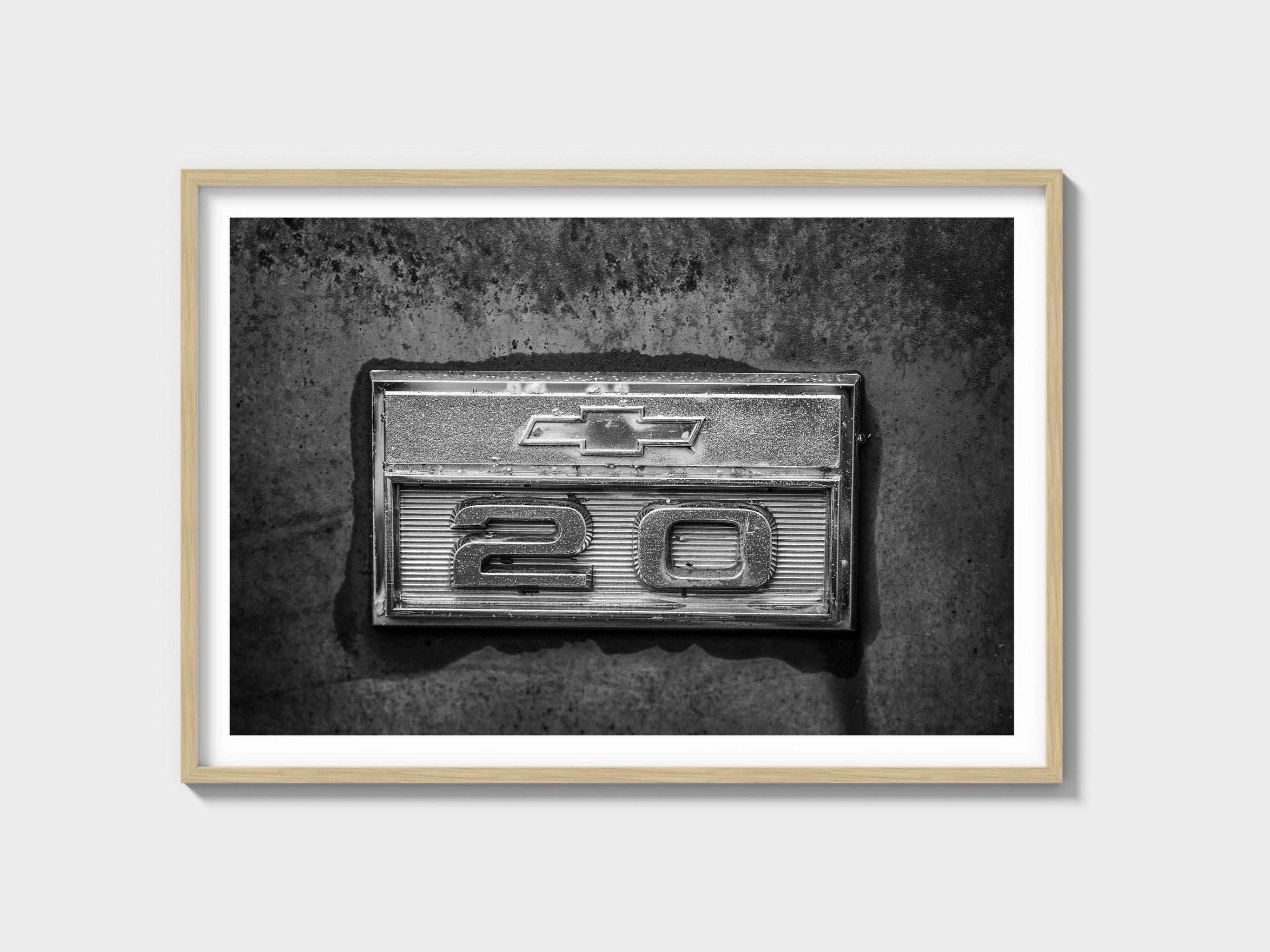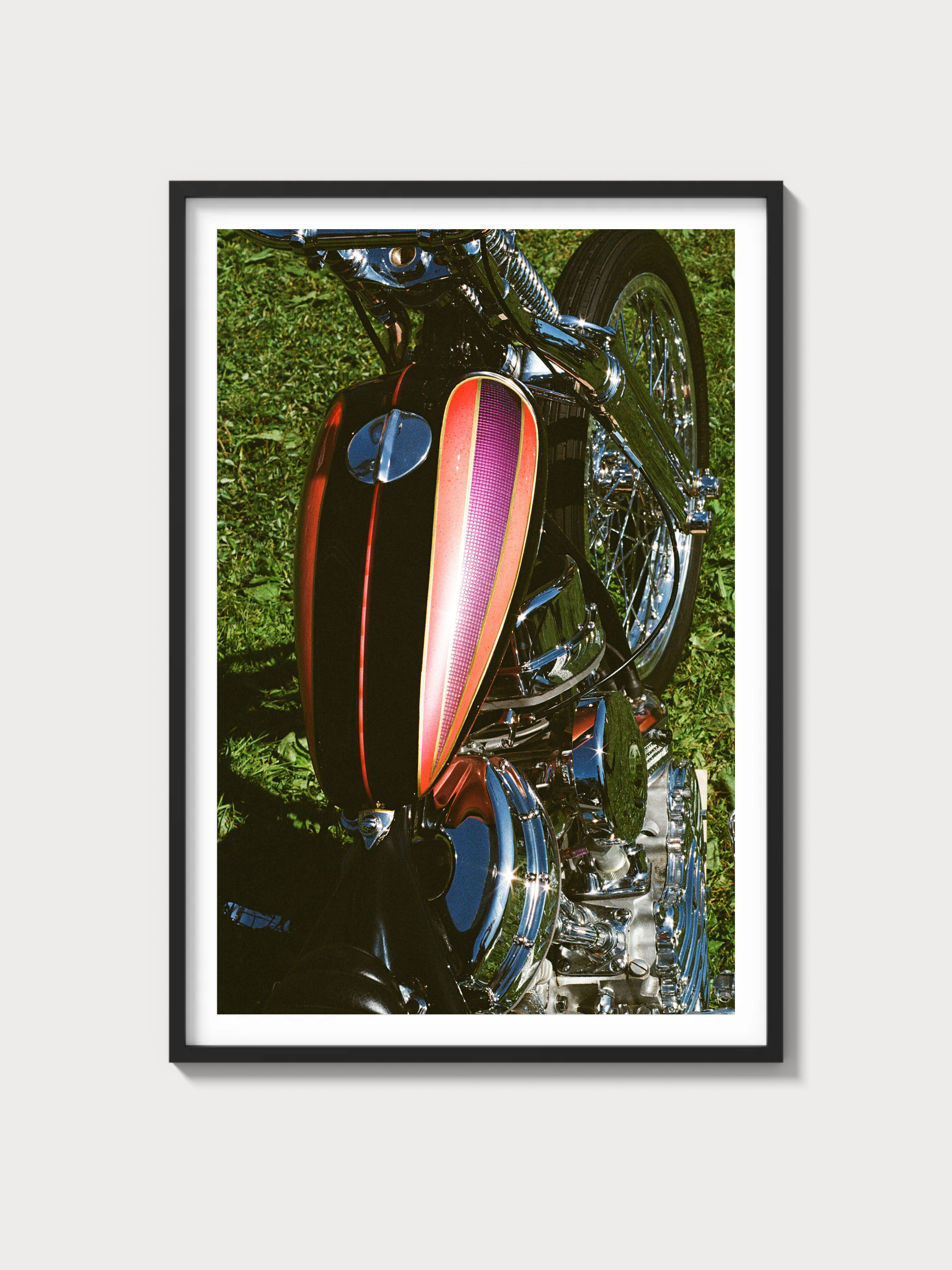2015–2020 Chevrolet Suburban Base (11th Gen) — A Deep-Dive for Enthusiasts
Historical Context and Development
Chevrolet’s Suburban entered its eleventh generation for the 2015 model year, migrating to General Motors’ K2XX architecture that also underpinned the same-era Tahoe, GMC Yukon/Yukon XL, and Silverado/Sierra pickups. The Suburban’s formula remained familiar: a fully boxed, hydroformed body-on-frame chassis, a long 130-inch wheelbase, and three rows of seating, executed with contemporary refinement and efficiency improvements over the outgoing GMT900 trucks.
GM’s product brief focused on two pillars: noise/vibration/harshness reduction and efficiency. Inlaid doors with triple seals, extensive use of acoustic laminated glass, and tighter body tolerances aimed to make the Suburban quieter and more premium. An aluminum hood and liftgate helped claw back weight, while the EcoTec3 5.3-liter V8 brought direct injection, cylinder deactivation (Active Fuel Management), and continuously variable valve timing to deliver more torque across the band with improved fuel economy.
Design-wise, the eleventh-gen Suburban adopted the crisp, squared-off surfacing of the K2XX family, trading the rounded forms of GMT900 for a more architectural aesthetic and better aero management. Interior packaging improved—especially cargo access behind the third row—thanks to flatter load floors and smarter seat-fold mechanisms.
In the competitive landscape, the long-wheelbase Suburban squared up against Ford’s Expedition EL/Max, Toyota’s Sequoia, and Nissan’s Armada, while its most direct in-house counterpart was the GMC Yukon XL. The Chevrolet differentiated itself through pricing, content strategy, and a broad trim walk ranging from basic fleet-friendly LS to feature-rich LTZ/Premier.
Engine and Technical Specifications
The Base trim’s standard engine across this generation is the L83 5.3L EcoTec3 V8. It is a modern small-block that pairs classic pushrod hardware with direct fuel injection and robust thermal management. Mated to GM’s 6L80 six-speed automatic, it emphasizes torque delivery, part-throttle efficiency, and long-haul durability.
| Specification | Detail |
|---|---|
| Engine configuration | 90° V8, pushrod (OHV), aluminum block/heads |
| Displacement | 5,328 cc (5.3 liters) |
| Induction type | Naturally aspirated |
| Fuel system | Direct injection (high-pressure), returnless |
| Compression ratio | 11.0:1 |
| Bore x stroke | 96.0 mm x 92.0 mm (3.78 in x 3.62 in) |
| Horsepower | 355 hp @ 5,600 rpm |
| Torque | 383 lb-ft @ 4,100 rpm |
| Redline | ~5,800 rpm |
| Cylinder deactivation | Active Fuel Management (V4 mode under light load) |
| Valvetrain | 2 valves/cyl, variable valve timing |
| Recommended fuel | Regular unleaded (87 AKI) |
Chassis, Driveline, and Brakes
The eleventh-gen Suburban Base retains a robust truck backbone. Front suspension is short/long arm with coilover dampers; the rear is a five-link solid axle with coil springs. Electric power steering replaces the prior hydraulic system. Brakes are four-wheel discs with ABS and GM’s Duralife rotors for increased corrosion resistance. Rear-wheel drive was standard, with Autotrac single-speed or two-speed 4WD available depending on equipment.
Driving Experience and Handling Dynamics
On the road, the Base Suburban exhibits a distinctly modern body-on-frame character: substantial, unflustered, and impressively quiet at a cruise. The 5.3L’s calibration favors a broad torque plateau. It eases into V4 operation imperceptibly at steady-state highway speeds, and the 6L80’s tall top gear keeps revs low. Throttle response is progressive rather than sharp, tuned for smoothness with a light initial tip-in that suits its mission.
Steering effort is consistent and slightly isolated on-center, which pays dividends on long interstate runs. The suspension tune on Base and mid-level trims prioritizes control over float; impacts are rounded off without the wallow that characterized earlier generations. Magnetic Ride Control was reserved for upper trims, but even the standard dampers manage unsprung mass decently when paired with sensible wheel/tire packages. The long wheelbase is an asset for stability and ride comfort, though it demands attention on tight, urban maneuvers.
Performance Specifications
| Metric | Figure |
|---|---|
| 0–60 mph | ~7.1 seconds (independent testing, 4WD example) |
| Quarter-mile | ~15.5 sec @ ~91 mph (independent testing) |
| Top speed (governed) | ~113 mph |
| Curb weight | ~5,608 lb (2WD LS) to ~5,846 lb (4WD LS), equipment-dependent |
| Layout | Front-engine, RWD or 4WD |
| Brakes | 4-wheel discs, ABS, stability/traction control |
| Suspension | Front SLA/coilover; rear 5-link live axle with coils |
| Gearbox | GM 6L80 6-speed automatic (column shift) |
Variant and Trim Breakdown (2015–2020)
While this article centers on the Base configuration, it’s useful to place it within the broader Suburban lineup of the era:
| Trim/Edition | Years | Drivetrain | Engine | Key differences | Production numbers | Market notes |
|---|---|---|---|---|---|---|
| Base / LS | 2015–2020 | RWD or 4WD | 5.3L L83 V8 (355 hp) | Cloth seats, bench options, smaller wheel packages, foundational safety/infotainment, tow equipment optional | Not publicly disclosed by GM | Core North American volume; also sold in select export markets |
| LT | 2015–2020 | RWD or 4WD | 5.3L L83 V8 | Leather, driver-assist options, upgraded audio; popular tow and protection packages | Not publicly disclosed by GM | Broad retail mix; fleet uptake as well |
| LTZ | 2015–2016 | RWD or 4WD | 5.3L L83 V8 | Luxury content, available Magnetic Ride Control, larger wheels, more driver assistance | Not publicly disclosed by GM | Top Chevrolet trim until renamed |
| Premier (LTZ successor) | 2017–2020 | RWD or 4WD | 5.3L L83 V8 (6.2L optional in select packages) | Top-spec luxury, standard MRC, advanced safety; availability of 6.2L/10-speed in specific performance packages | Not publicly disclosed by GM | Retail flagship |
| RST package (select years/trims) | 2018–2020 (availability varies) | RWD or 4WD | 5.3L standard; 6.2L/10-speed available on certain trims | Sport appearance, unique wheels/badging; with 6.2L brings notable performance step | Not publicly disclosed by GM | Primarily North America |
| Commercial/Fleet configurations | Select years | RWD or 4WD | Primarily 5.3L | Bench seating, vinyl/rubberized flooring in some specs, simplified trims | Not publicly disclosed by GM | Government, livery, and commercial channels |
Note: Chevrolet does not publish per-trim production totals or market splits for the Suburban; any exact quantities by trim are not available in public domain sources.
Ownership Notes: Maintenance, Parts, and Restoration
- Engine oil: Dexos1-approved 0W-20; follow the oil-life monitor. Many owners service around 5,000–7,500 miles depending on use.
- Transmission: 6L80. Under severe duty (towing, frequent mountain or city service), fluid/filter service around 45,000 miles is commonly recommended; otherwise adhere to inspection intervals specified in the owner’s literature.
- Differentials/transfer case: Severe-duty fluid changes around 45,000 miles are prudent for 4WD trucks used for towing.
- Cooling system: Dex-Cool long-life coolant; typical service interval 5 years/150,000 miles.
- Spark plugs: Iridium plugs; typical replacement interval around 97,500 miles.
- Brake fluid: Refresh every 2–3 years for best pedal feel and corrosion control.
- Parts availability: Excellent. The K2XX parts bin is deep, with wide aftermarket coverage for consumables, braking, suspension, and towing hardware.
- Restoration difficulty: Mechanically straightforward with generous underhood access. Electronics and trim-intensive interiors demand careful diagnosis and proper tools.
Known Issues and Technical Service Patterns (5.3L/6L80 context)
- Vacuum pump for brake assist: Failures have been reported on certain vehicles, causing hard pedal and longer stops. Coverage addressed by safety actions on affected VINs.
- Air-conditioning condenser leaks: Early-build K2XX SUVs were known for condenser failures that could lead to loss of cooling; updated parts and service bulletins exist.
- AFM lifter concerns: Occasional lifter collapse/misfire on Gen V small-blocks has been documented. Quality oil and timely service help; repair requires careful valvetrain work.
- Magnetic Ride Control dampers (upper trims): Costly when due for replacement; the Base/LS without MRC avoids this expense.
- Electrical/software updates: Electric power steering and infotainment systems received periodic calibration updates to address intermittent faults or warnings.
Towing and Utility
Properly equipped eleventh-gen Suburbans with the 5.3L and the correct axle ratio are rated to tow competitive loads for the class. Factory trailer-brake controllers, integrated hitch receivers, and stability programming were widely available or standard depending on trim. As always, actual capacity depends on configuration, axle ratio, and options; consult the specific vehicle’s door jamb and owner’s reference for exact ratings.
Cultural Relevance and Market Perspective
The Suburban’s cultural footprint is outsized: ubiquitous in government and security fleets, omnipresent in film and television as the de facto convoy vehicle, and a staple of livery services where long-wheelbase comfort matters. Among enthusiasts and working owners, the eleventh-gen model is appreciated for its blend of traditional truck durability and quiet, long-distance manners.
Collector desirability within this generation skews toward low-mileage, highly optioned examples—particularly those fitted with performance-oriented packages and the 6.2L/10-speed combination. Base and LS trims appeal to buyers prioritizing simplicity, serviceability, and value.
Public auction listings have recorded a wide spread of realized prices conditioned by mileage, specification, drivetrain, and service history. Documented sales typically see high-mileage 5.3L LS/LT trucks trading below similarly aged Tahoes, while low-mileage Premier or RST package vehicles command premiums over base models.
FAQs
Is the 2015–2020 Suburban Base reliable?
When maintained on schedule with quality fluids, the 5.3L/6L80 combination has a solid reputation for longevity. Known issues include brake vacuum pump failures on certain vehicles, early AC condenser leaks, and occasional AFM lifter problems. Pre-purchase inspections should include a careful brake-assist check, AC performance test, and a scan for misfire or valvetrain codes.
Does the Base trim get the 6.2L V8?
No. The Base/LS Suburban is equipped with the 5.3L EcoTec3 V8. The 6.2L was available only on specific higher trims and performance appearance packages.
What transmission is in the Base Suburban?
The Base 5.3L Suburban uses GM’s 6L80 six-speed automatic across this generation.
What are realistic performance numbers?
Independent instrumented tests of similarly equipped 5.3L Suburbans have recorded approximately 7.1 seconds 0–60 mph and mid-15-second quarter-mile times, with a governed top speed around 113 mph.
How does it compare with a GMC Yukon XL?
Mechanically they are siblings. Differences are primarily in styling, trim strategy, and feature packaging. The Suburban often undercuts the GMC on pricing at similar equipment levels.
What are the common service intervals?
Oil per the OLM (commonly 5,000–7,500 miles), transmission/differentials earlier if towing or operating under severe duty, coolant at 5 years/150,000 miles, and spark plugs near 97,500 miles. Brake fluid changes every 2–3 years are good practice.
Any benefits to the Base trim for long-term ownership?
Fewer complex components (no Magnetic Ride Control, fewer power features depending on spec) can mean lower long-term costs and simpler diagnostics, while retaining the same core chassis and powertrain as upscale trims.

















































